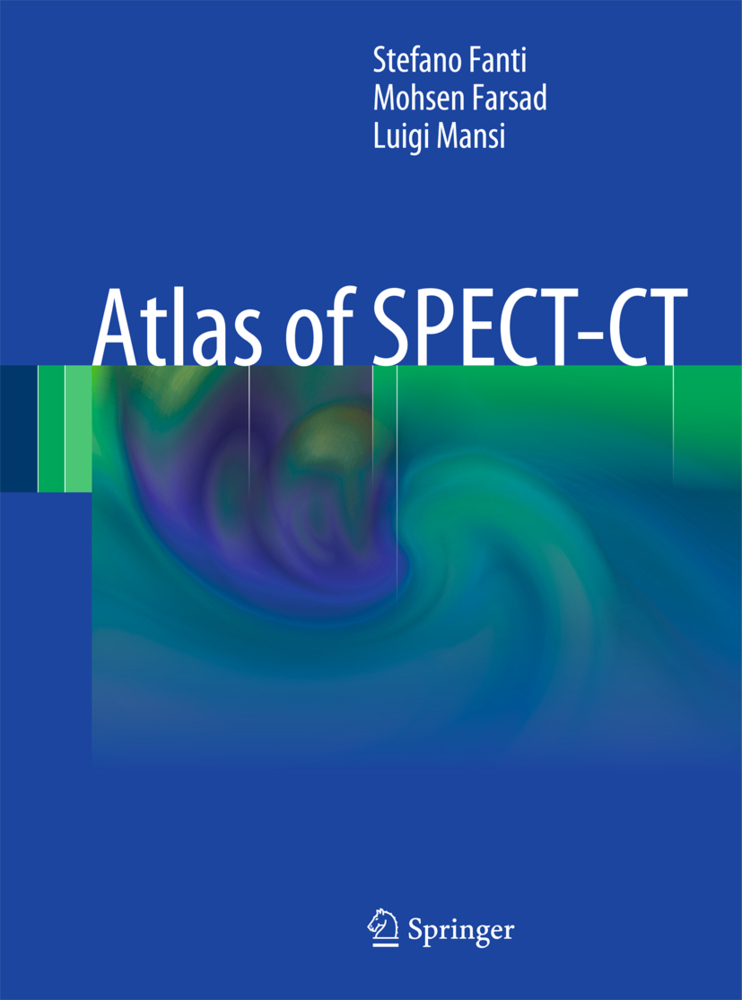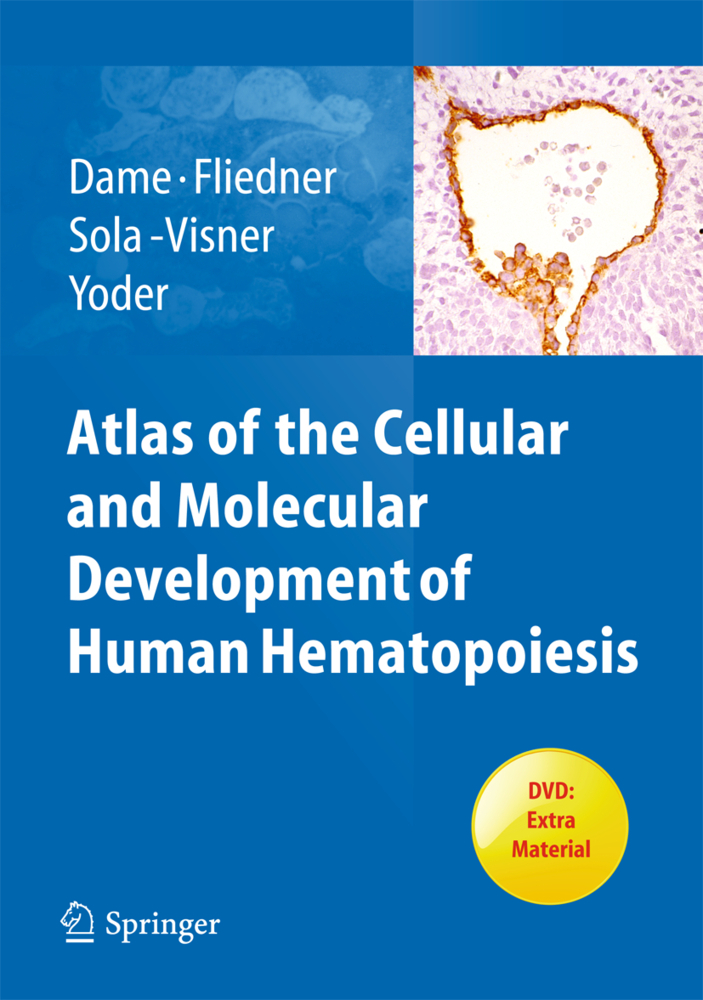The field of nuclear medicine has evolved rapidly in recent years, and one very important aspect of this progress has been the introduction of hybrid imaging systems. PET-CT has already gained widespread acceptance in many clinical settings, especially within oncology, and now SPECT-CT promises to emulate its success. Useful applications of this new approach have been identified not only in oncology but also in endocrinology, cardiology, internal medicine, and other specialties. This atlas, which includes hundreds of high-quality images, is a user-friendly guide to the optimal use and interpretation of SPECT-CT. The full range of potential SPECT-CT applications in clinical routine is considered and assessed by acknowledged experts. The book is designed to serve as a reference text for both nuclear physicians and radiologists; it will also provide fundamental support for radiographers, technologists, and nuclear medicine and radiology residents.
SPECT-CT for tumor imaging: Octreoscan SPECT-CT. Hynic SPECT-CT. MIBG SPECT-CT. Prostascint SPECT-CT. Iodine SPECT-CT
Other tracers
Bone SPECT-CT
Brain SPECT-CT
Cardiac SPECT-CT
Parathyroid SPECT-CT
Sentinel node SPECT-CT
White blood cell SPECT-CT
Red blood cell SPECT-CT
Ventilation/perfusion SPECT-CT
Targets in radiotherapy
Dosimetry using SPECT-CT.
The importance of SPECT-CT for clinical practice
Technology and physicsSPECT-CT for tumor imaging: Octreoscan SPECT-CT. Hynic SPECT-CT. MIBG SPECT-CT. Prostascint SPECT-CT. Iodine SPECT-CT
Other tracers
Bone SPECT-CT
Brain SPECT-CT
Cardiac SPECT-CT
Parathyroid SPECT-CT
Sentinel node SPECT-CT
White blood cell SPECT-CT
Red blood cell SPECT-CT
Ventilation/perfusion SPECT-CT
Targets in radiotherapy
Dosimetry using SPECT-CT.
Fanti, Stefano
Farsad, Mohsen
Mansi, Luigi
| ISBN | 978-3-642-15725-7 |
|---|---|
| Artikelnummer | 9783642157257 |
| Medientyp | Buch |
| Copyrightjahr | 2011 |
| Verlag | Springer, Berlin |
| Umfang | XI, 229 Seiten |
| Abbildungen | XI, 229 p. 110 illus., 108 illus. in color. |
| Sprache | Englisch |



